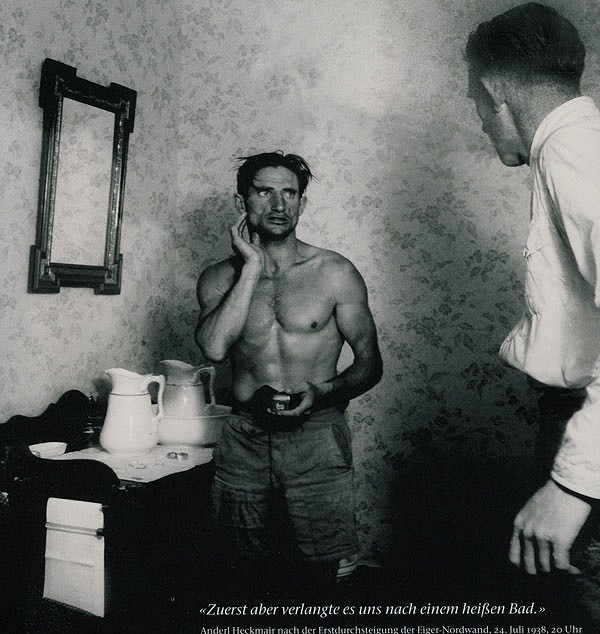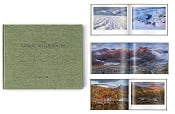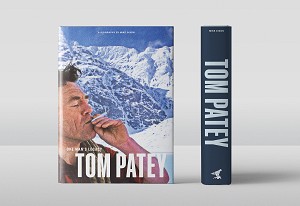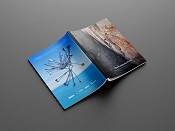
When I first heard about Rainer Rettner's new book Eiger – Triumphe und Tragödien 1932-1938 (lit. “Eiger – Triumphs and Tragedies 1932-1938. If translation were only always that simple!) I kind of expected another rehash of the known stories, with added new pictures. I was pleasantly surprised that I was wrong, as his book starts from a different angle. (But it still has a great many new, interesting, exciting and, sometimes, heartbreaking pictures).

Rettner's focus is on fact, not simple admiration of great mountaineering achievements. What makes his book so different is that it has a strong focus on politics, the media and public reception. Harrer, for example, tried to downplay his own involvement with the Nazis. Rettner gives an objective overview, both analysing the mountaineers' personal involvement, as well as how the race for the Eiger North Face had been used for political means. Whilst never denying the political background of some of the climbers involved, equally Rettner never tries to downplay their achievements on rock, but always stays a neutral and objective narrator; everything is backed up with numerous reproductions of original sources.
But even more interesting than the politics – in my opinion – is Rettner's analysis of contemporary media and public reception. It is well known that at the time the Eiger North Face triggered many opinions, emotions and reactions from climbers and non-climbers alike. Rettner's book doesn't simply list these reactions, but puts them into context of what those who voiced these opinions might have been trying to achieve and why they possibly reacted the way they did.

The book is very accessible, as it not only deals with the background to some well-known stories, but describes the events as fully as possible from the original sources. One could follow it without ever having read anything about the Eiger before, and it is well written. On top of this, there are a vast number of photographs and images included, such as newspaper articles, postcards and notes, which make the book very worthwhile on their own. Some of these I found sad, such as the photograph of Tony Kurz's body hanging in the rope, and those of the recovery of Sedlmayr's and Angerer's bodies, but in the context I didn't find them distasteful. Other photographs have apparently been published before, for example in “The White Spider”, however they appear here for the first time without having been retouched to remove the swastika flags!
Having read the book in pretty much one long afternoon, and subsequently having flicked through it again and again, I don't hesitate to thoroughly recommend it. The only downside is that it has not yet been published in English, so unless your German is reasonably good, you're stuck with the pictures, but as I said, they're almost worth it on their own. Still, I hope Rettner's book will be translated as it definitely deserves attention outside the German speaking world.
“Eiger. - Triumphe und Tragödien 1932-1938” by Rainer Rettner, published by AS Verlag, Zürich.:www.amazon.de/Eiger-Triumphe-Tragödien-1932-1938
Luca Signorelli said on the UKClimbing.com forums:
"Reiner, is in my humble opinion, today's greatest writer of mountain history. He's a great writer AND a great historian. His book on the Corti tragedy of 1957 was an amazing achievement, and I think that "Eiger - Triumphe and Tragodien" will ever surpass it. It's really a new generation of mountain histories, something I think it's somehow needed at long last.
Really hope this book will put him on the map even outside the German language area!"
Associated forum threads:
The White Spider by Heinrich Harrer: HERE
Harrer's Autobiography: HERE
The Hinterstoisser Traverse: HERE








Comments